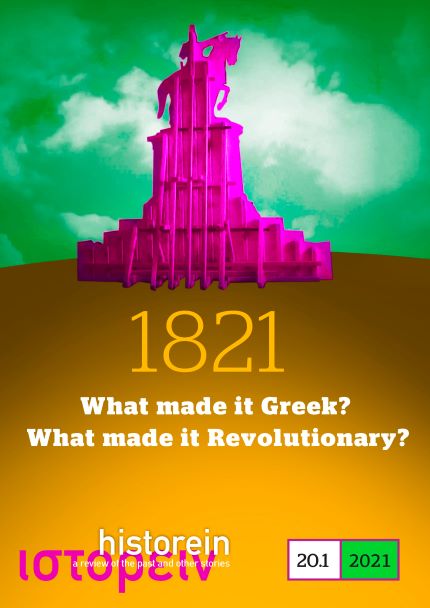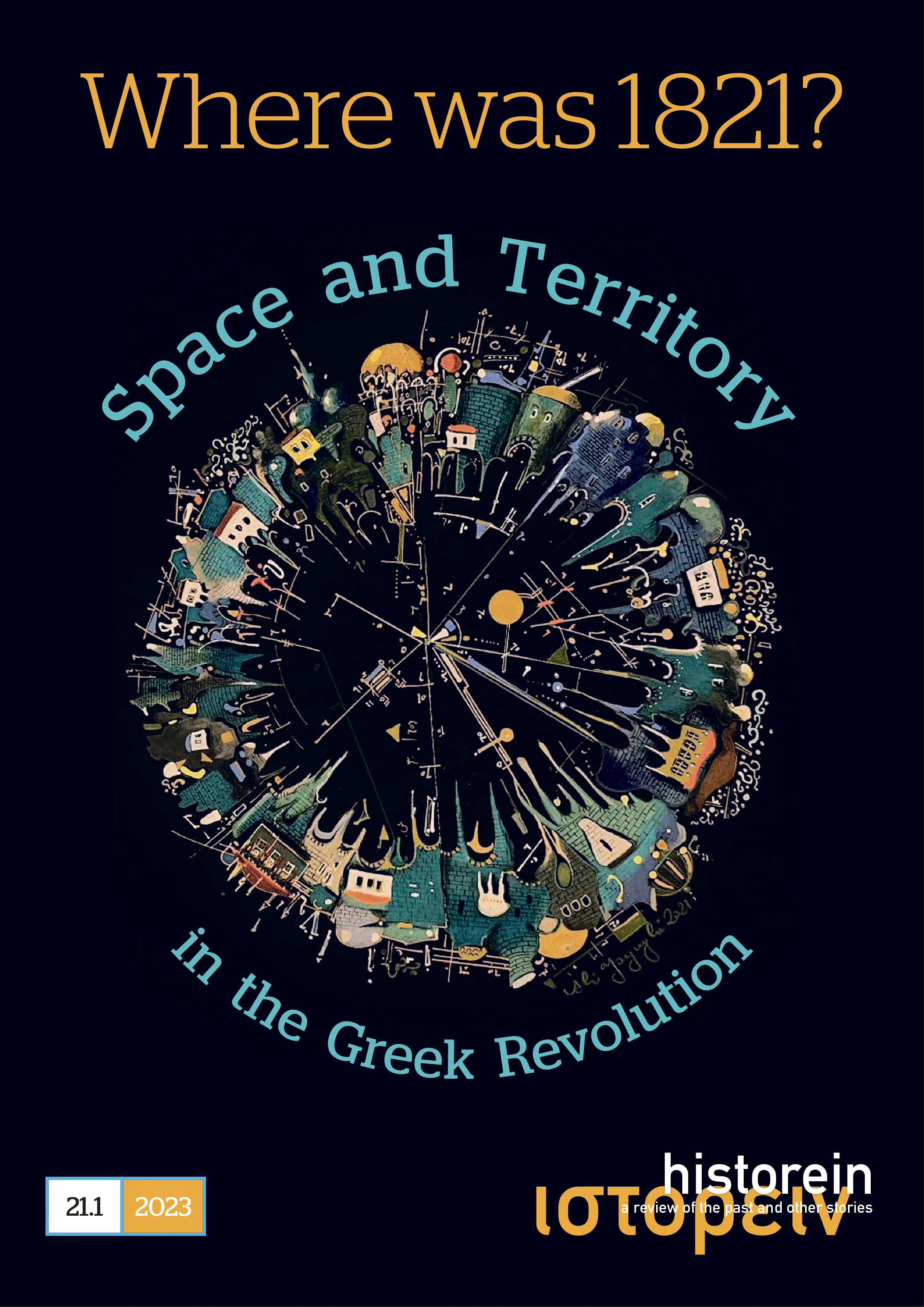“United we stand, divided we fall”: Sovereignty and Government during the Greek Revolution, 1821–1828

Abstract
This article explores the political languages which Greek revolutionaries employed between roughly 1821 and 1828, and the multiple ways in which these languages found their way into the political projects they put into force (or sought to do so). It does so by considering the revolution as an open-ended political crisis during which revolutionaries were forced to address – theoretically and practically – the fundamental issues of political power: its source, its location and its organisation. As it shows, the frameworks for political action (or “scripts”) the revolutionaries drew on varied and fed into alternative visions of statehood (national, federal, local). By uncovering and understanding these alternatives, as well as why some predominated over others, the article aims to: propose an alternative genealogy of “the political” in the Greek revolution; shed new light on the liberalism(s) of the Revolution; and bring the perspective of the Greek world into the discussion about the importance of the revolutionary wave of the 1820s.
Article Details
- How to Cite
-
Sotiropoulos, M. (2022). “United we stand, divided we fall”: Sovereignty and Government during the Greek Revolution, 1821–1828. Historein, 20(1). https://doi.org/10.12681/historein.24928
- Section
- I. THE CONSOLIDATION OF REVOLUTIONARY GREECE

This work is licensed under a Creative Commons Attribution-NonCommercial-ShareAlike 4.0 International License.
The copyright for articles in this journal is retained by the author(s), with first publication rights granted to the journal. By virtue of their appearance in this open access journal, articles are free to use (with the exception of the non-granted right to make derivative works) with proper attribution for non-commercial uses (licence Creative Commons 4.0). EKT/NHRF retains the worldwide right to reproduce, display, distribute, and use articles published in Historein in all formats and media, either separately or as part of collective works for the full term of copyright. This includes but is not limited to the right to publish articles in an issue of the Journal, copy and distribute individual reprints of the articles, authorize reproduction of articles in their entirety in another EKT/NHRF publication, and authorize reproduction and distribution of articles or abstracts thereof by means of computerized retrieval systems.


